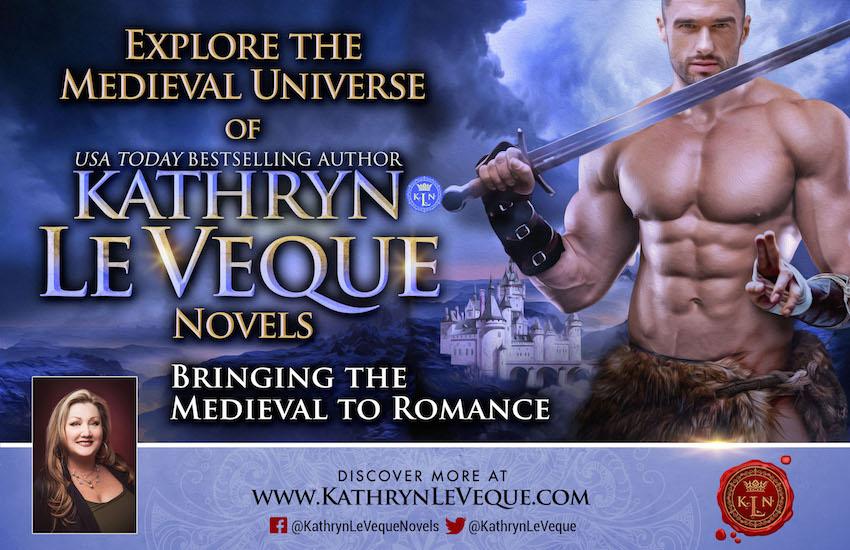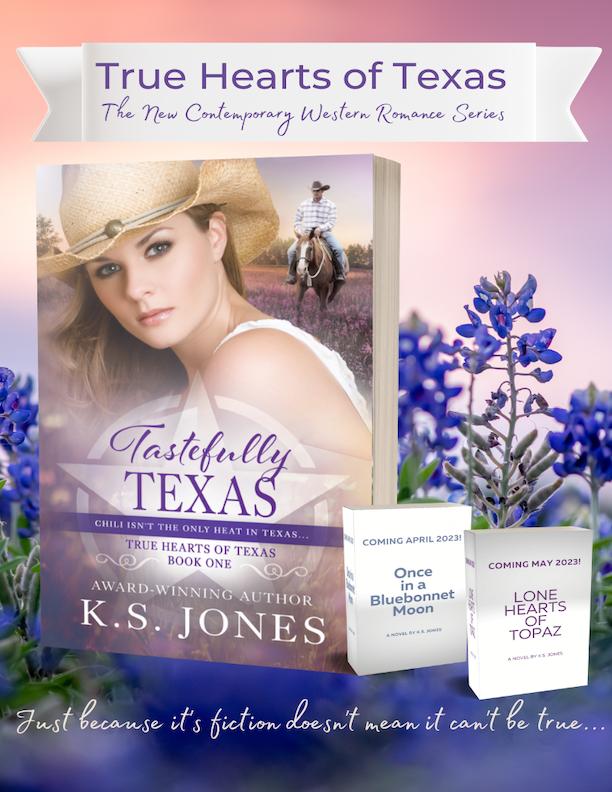
6 minute read
You Want WHAT?!?
Odd Publisher’s Guidelines
By: Paul Stansfield
Advertisement
Whether you’re old at heart like me, and go into the reference section of the library every year to check the latest edition of “The Writer’s Market”, or you’re a normal person and find sources online, an important part of the writing process is figuring out appropriate places to submit your work – which means you have to look at a magazine’s or publisher’s submission guidelines.
I’d say at least 90% of the time, the guidelines are detailed enough and Hine; everybody wins. You don’t end up submitting your Satanic erotica to “Highlights For Children”, or your vegan recipes to “Soldier of Fortune”. Occasionally though, over the many years I’ve been checking guidelines, I’ve found a few that stood out, because they were, I thought, too limiting, weird, not helpful, or simple funny. Therefore, I’d like to list some of these, and then (gently) mock them. (Bear in mind, I write mostly Horror-Dark FantasySuspense.)
Limiting
1. “No discrimination against race, age, or gender.” From a magazine that publishes Horror, Sci-Fi, and Fantasy. I get that some magazines' readership includes children. And I can see that the magazine doesn’t want, say, Aryan skinhead manifestos, or the like. But seriously, no discrimination against race, gender and age? So your vampire can kill people, but she can’t deny a person employment because they’re over 60, or a werewolf?
2. Regional limitations. I can acknowledge that certain publications want to cater to their area, and maybe even solely feature authors from that area. If it’s say, Canada, okay, but I saw one magazine that only accepted authors from one California city, so why even advertise in nationally seen books like “The Writer’s Market"?
3. “Synopsis of not more than 25 words.” For novellas, novels, etc., asking this as an exercise might have merit, if it’s combined with a normal length synopsis, but just this alone? Can they really tell much about the book from this?
4. The general guidelines of Horror magazines/ publishers, sometimes listed as being “edgy”, and “terrifying” horror, who then say no to any graphic language, violence, sex, or gore. Kind of like the previous one, I understand not every story has to be “R” rated, or even “PG”, but come on! No gratuitous profanity, sex, violence, etc., seems like a reasonable request, but having absolutely none of these elements, ever, must make for some awfully watered-down Horror stories.
5. A magazine which published largely erotica said, “No ‘cute’ or ‘sweet’, or crude, or sex fantasies.” So a writer had to hit that narrow medium every time?
Weird
1. “Not looking for stories with emphasis on drugs, murder, rape, and body piercing.” One of these words is not like the others.
2. “No religion, anti-religion, or evolutionary” for a Horror and Suspense publication. Seems oddly precise—talk about not wanting to discuss a sometimes inHlammatory political issue.
3. A Sci-Fi and Horror magazine says “no porn or advert gore”. Advert? Did they mean “overt”? “Advertising” gore? Maybe it’s a typo, or if not, it’s an expression I’m not familiar with.
4. “Things that are shocking, dark, lewd, comic, or even insane are okay, as long as the Hiction is ine, as long as their stories are spelled and punctuated correctly, are grammatically correct, have a beginning, middle, and end,
“Audience is anyone concerned with the moral iber of our country,” and the magazine will publish anything of “Relevance to the growing psychic problem in America today. Be honest and urgent.” I submitted to these folks, and they were actually cool to deal with, but to this day, I have no idea what those quoted guidelines mean.
6. “Taboos include rape, except in prison, where it’s a reality.” Rape isn’t realistic anywhere else?
Not Helpful
1. “Well plotted, memorable characters.” I know all publications are looking for these things, but is this guideline going to beneHit anyone? Doesn’t pretty much everyone think stories should be wellplotted with interesting characters?
2. “No boredom.” Similar to the last one, or worse. Maybe some will acknowledge their plotting, say, is weak, but does any writer think their story is boring? Will this discourage anyone?

3. “Send your best.” In theory, again, I see why they say this, but how many authors can overcome their biases toward their own stories?
4. “No stories that are not well written.” Same as above.
Funny
1. Stories with “Profound terror and sexual delirium.” I Hind this strangely poetic.
2. Stories which “hurt you, and hurt you to read.” Again, I like the way this sounds.
3. From a defunct magazine, “GrafHiti Off the Asylum Walls” (great name). “Send us stuff you’re afraid to show your mother, priest, and shrink.”
4. “Keep the blood and slime to a minimum.” So if your stories feature snails or “Slimer” from “Ghostbusters”, put these characters more in the background.
5. One magazine wants stories with “blood, sex, and tentacles.” Perfect for all your S&M octopus orgy tales!
6. To defend these publishers a little, I recognize I have no experience publishing a magazine or book, and they have to slog through thousands of submissions, of varying quality, with authors who are often rude, unprofessional, and possibly sociopathic. I’m just saying, maybe in some cases they might have wanted to edit their guidelines a tad.
Now, I’d like to change the format a little, and basically make fun of more guidelines that all originated from one older edition of “The Writer’s Market”.
• “Our primary audience includes those interested in antique tool collecting… and carriage building.” That pretty much deHines a “niche”.
• “We only publish books on acupuncture and Oriental medicine by authors who can read Chinese and have a minimum of Hive years clinical experience.” Pretty demanding restrictions, especially from a Coloradobased company.
• “Children’s Brains Are Yummy”. Not a controversial cookbook printer catering to cannibals, but a Sci-Fi, Fantasy, and Mystery publishing company for kids and teens. What an awesome name! I’m tempted to try to write a kid’s Sci-Fi story just to have this title on my publishing list.
• Publishes works on “public policy and Alaskana”. I’ve heard and understand the term “Americana”, but “Alaskana”? Does every state have one? Rhode Islandana, South Dakota-ana, Indianacana (Indianca?).
• “We are surrounded by wild meadows and oak forests where deer, wild turkey, and even bobcats leave their mark.” Sounds pastoral and nice, but relevance to submitters?
• Publishes “theology and pets—dogs only. (Rescue/ heroic, etc.)” So my inspiring tale of how my hermit crab strengthened my faith will have to be sent elsewhere.
• “We are interested in zen-inspired haiku and non-embellished, non-rhyming, egoless poems.” I give them props for knowing, and stating, EXACTLY what they want.
• “Be prepared to submit Hinal manuscript on computer disk.” They don’t come more techno-phobic than me, and even I Hind this dated. Does anyone use computer disks for manuscripts anymore?
• “We do not accept literary erotica.” So downgrade the Women's Fiction part and sleaze it up before you submit.
• “Read manuscripts in March only.” From a university press. I get that a college, with its schedule, will almost certainly not read submissions all year round. But only one month? Really?
• “Lollipop Power Books.” I like this name, too. Is there a new candy-based political movement I’m unaware of? I’d sure like to think so.
• “Pagan parents are crying out for books appropriate for their Pagan kids.” I Hind this oddly moving, and amusing at the same time.
• “Send us the Hirst 25 pages. It’s impossible to judge something that begins on page 302.” So here, I’m mocking the submitters. Evidently enough folks did stuff like this to prompt these instructions.
• “We only publish Hirst time writers, so authors who have published previously should not consider us.” This might lead to rare instances of submitters antipadding their publishing lists.

• “Print sciHi-ku, horror-ku.” I wasn’t aware that these were things, and I’m intrigued. That’s 5-7-5 on the syllables, right?
I’ll wrap things up by including a list of some absurd magazine titles. (Some of these magazines and publishers are probably defunct by now, but their wonderfully ridiculous names, guidelines, and subject matter can live on in our hearts.)
Some Actual Magazine Names
1. “Miniature Donkey Talk.” Damn, my donkey is more medium-sized.
know that they don’t take articles written from “Railroad Evangelist.” Amazingly, this isn’t a metaphorical expression—it’s exactly
4. “Bacon Busters.” I Higured this would be a militant vegetarian tract, but it’s quite the opposite. It’s an Australian hog hunter’s magazine. One of their regular features is a “Babes and Boars” pictorial.
5. “Musky Hunters Magazine.” For outdoorsmen who are against bathing, and proud of it? (Nope, it’s actually a type of Hish.)
6. “Prorodeo Sporting News.” I’m tempted to start my own anti-rodeo magazine, just to stir the pot a little.
7. “The Pastel Journal.” Advertises itself as “the only national magazine devoted to the medium of pastel.” I, for one, cannot argue this assertion.
8. “Spudman.” A potato industry periodical. Does Gloria Steinem know about this title? It’s sad that in the 21st century female potato industry workers are so ignored and marginalized.
9. “Sheep! Magazine.” A bimonthly. Love the exclamation point—nice to see such enthusiasm for their career.
10. “Pizza Today Monthly.” In this industry magazine, their guidelines mention “No Hiller or humor”. Sorry, you’re going to have to hang on to all your silly and irreverent articles about ONE FOOD ITEM until a second pizza magazine is created. (I wouldn’t hold your breath.)
If you would like to read more about Paul and his writing visit: http://paulstans;ield.blogspot.com










